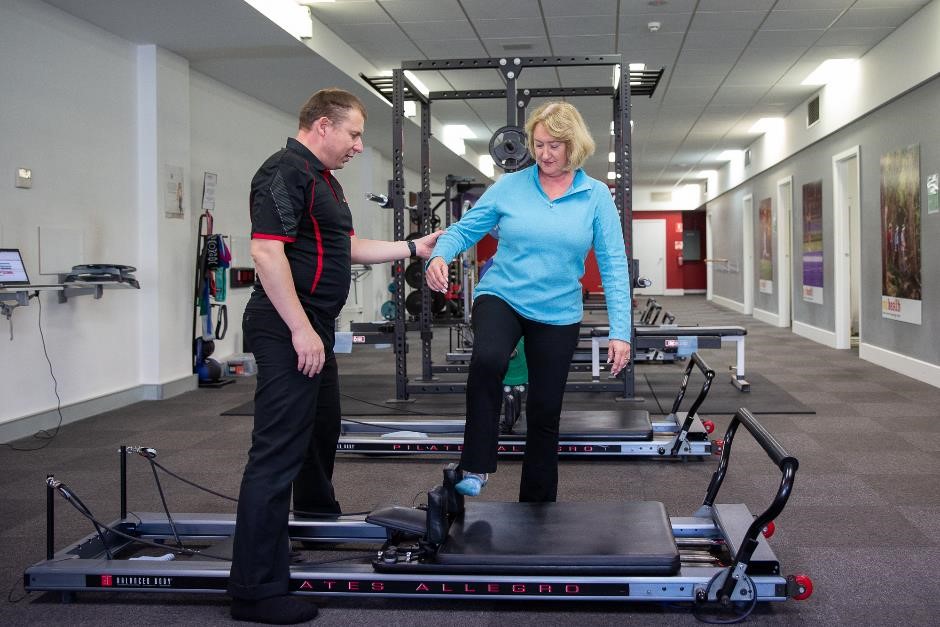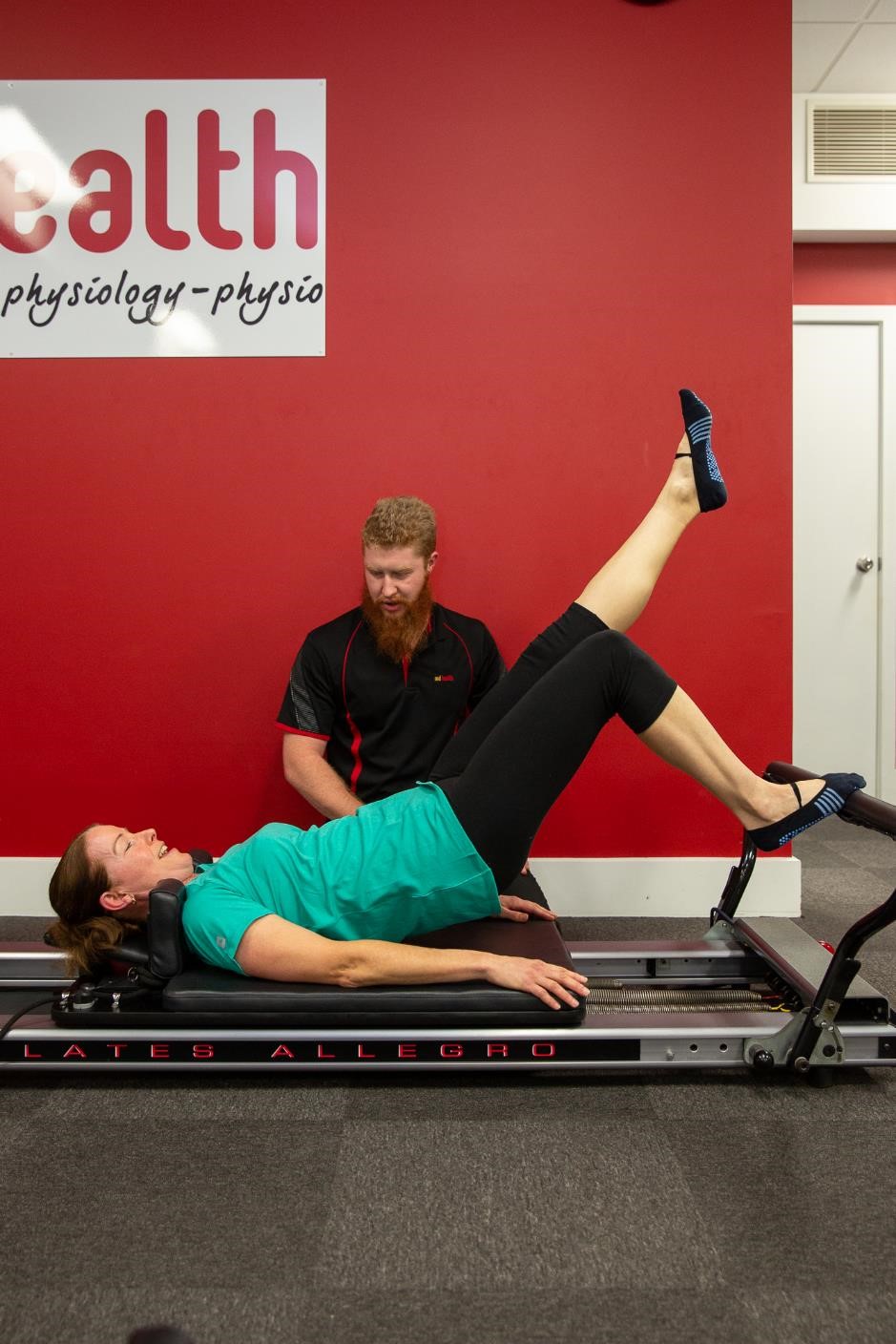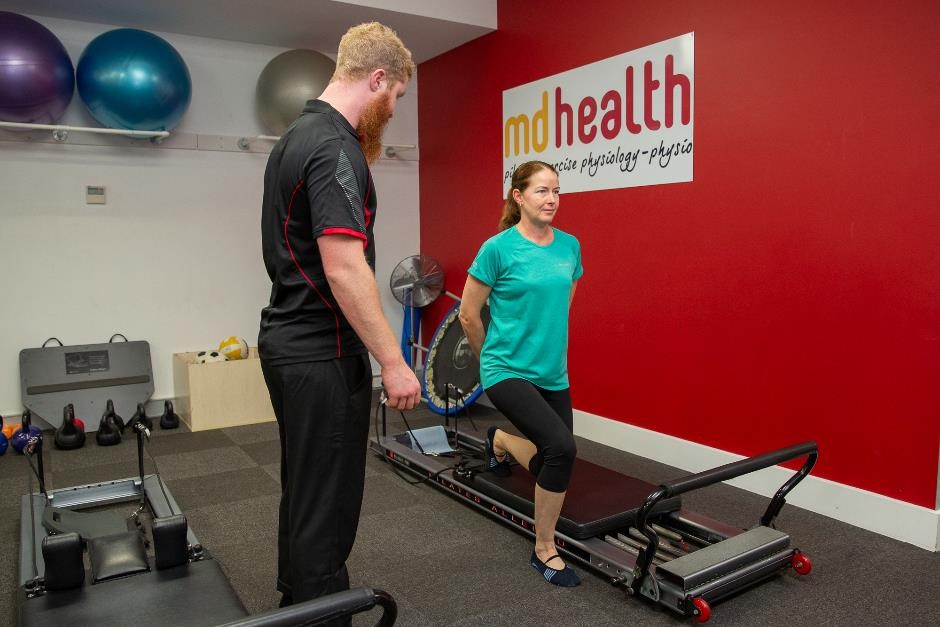Patella Tendinopathy - Fact Sheet
What is it?
Patella tendinopathy (previous called patella tendonitis) is an overuse injury that causes anterior knee pain in active adults. This condition usually coincides spikes in activity or exercise intensity, which causes irritation and breakdown of the patella tendon due to a lack of load-bearing capacity.

What causes an Patella Tendinopathy?
As mentioned above, Patella tendinopathy usually coincides with spikes in a combination of: exercise load, intensity, duration, or frequency. The tendon is not capable of supporting this spike and becomes irritated and starts to breakdown. This can happen in people who do a lot of running and jumping as part of their sport/training

Signs and Symptoms
• Pain felt just below the kneecap, at the inferior pole of the patella (most common area) but can also occur at the tibial tuberosity (less common).
• Pain worse initially into activity but improves as the tendon “warms up”.
• Pain worse after activity, particularly in the morning
• Pain aggravated by kneeling, deep squatting, jumping/landing from jumping, direct pressure over the inferior pole of the patella, going up or down steps or running.

Treatment of Patella Tendinopathy?
Activity modification – Reducing or modifying any aggravating activities or exercises. As a general rule, pain shouldn’t be higher than 3-4 out of 10 either during or after any given activity or exercise. If this is higher, the load/intensity of this exercise needs to be reduced.
Isometric Exercises, or ISOs – In the initial stages of rehab, Isometrics (or ISOs) of the quadriceps muscles can help gradually build-up load capacity again with low risk of re-injury or pain flare-ups. In fact, ISOs can also have an analgesic effect on the patella tendon, reducing pain immediately after the exercise. An Exercise Physiologist or Physiotherapist can help guide you on the correct dosage and intensity of your ISO exercises.
Gradual return to full activity – As pain permits, slow re-introduction into full muscle contractions of the quads, with a focus on technique. Again, pain levels should not rise to higher than 3 or 4 out of 10 when these types of exercises get introduced. Once these are more tolerable, a gradual return to full activity can start to occur. If you are returning to sport, introduction of plyometric (jumping and landing) exercises is strongly recommended.

Other things to be aware of:
Avoid compression and stretching – a tightness feeling can occur in the quads/hamstrings/anterior knee when you have patella tendinopathy. If this happens, avoid stretching the area, as the tendon does NOT tolerate stretching well! Instead, try some ISOs. Avoid compression of the area too – kneeling, deep squatting with knees flexed past 90degrees, and long periods of sitting can aggravate this issue.
Injections – unless you have the co-injury of prepatella bursitis, corticosteroid injections can actually be detrimental to the integrity of the patella tendon, so these are to be avoided.



